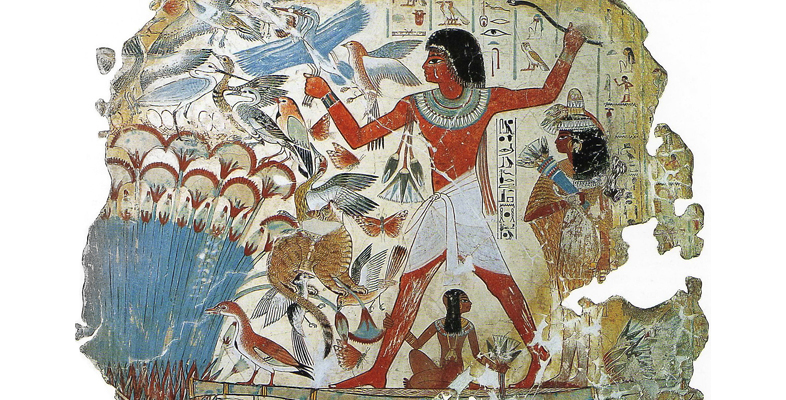7.2 Dissimilarity within conventions
Yet even within the Western tradition, where some form of lifelikeness was a shared goal, two-dimensional images can be radically dissimilar. Obviously there is a difference between a figure by Giotto and a figure by a Victorian artist, such as Alma Tadema, but the difference can be just as great between different groupings within the same culture. A ‘neo-classical’ figure in an Ingres painting will be constructed very differently from a figure in a picture by the ‘romantic’ artist Delacroix, despite being painted in more or less the same time and place.
The point is that it is the effect that is being sought that determines how figures are represented and disposed, not the relatively trivial achievement of ‘accuracy’ as such. It thus becomes possible to see that lifelikeness, or naturalism, is not so much an absolute technical achievement as a relative value.
The question that follows then, in the light of what we have seen of the seventeenth-century Academy’s views on art, and of Gombrich’s subsequent twentieth-century account of the hallmark of the Western canon, is: where then does this leave us with the art of ancient Egypt? Does the art of ancient Egypt look like it does because the Egyptian artists could not ‘draw properly’? Is the absence of foreshortening in Egyptian art evidence of a failure to ‘awaken’ into the morning light of Greece, and, by ultimate extension, into the Western canon – perspective, democracy and all? (The unstated corollary of which, as with Perrault, being: what do we do with the ‘non-Western’ tout court?)
The questions, it seems, have suddenly spilled over from a more or less abstruse debate about the nature of something three thousand years ago, to matters rather more pressing in the here and now. Yet though we must think about such questions, we do not have to resolve them here. Whether one views the achievement of ‘scientific’ perspective in the Florentine Renaissance as an unquestionable example of progress, or whether one regards it as a kind of testament to a culture of materialism and aquisitiveness, is not the point at issue here. What we have to strive to do is, first, grasp the fundamental point that there have been different representational conventions in play at different places and times in human history, and then to go on to develop at least a basic understanding of what the principal Egyptian conventions were.
